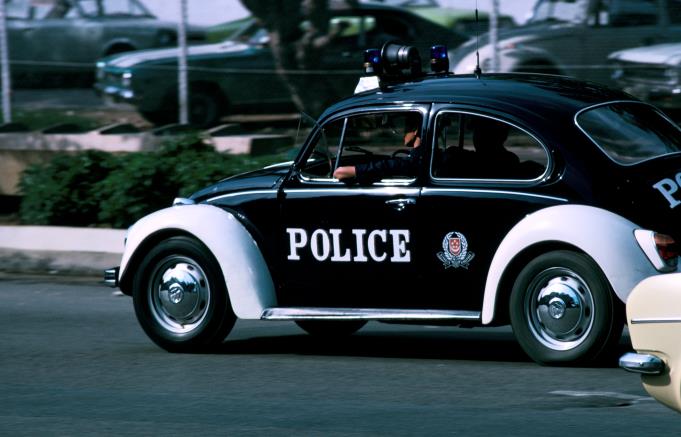‘Scared Straight’ programs and other juvenile awareness programs do not deter crime and result in higher likelihood of juvenile delinquency.


Photo credits: Edwin Huffman (L), Luis Prado (R)
![]()
Why are juvenile awareness programs important?
| Committing a criminal offence as a juvenile (before the age of 18) increases the risk for criminal activity as an adult. Many governments have initiated policies and programs to reduce juvenile delinquency. Juvenile awareness programs, such as ‘Scared Straight’ have been implemented in many countries (Australia, Canada, Germany, Norway, United Kingdom, and United States) because they are low-cost and easy to implement. The main component of these programs is an organized visit by juvenile delinquents or those at risk of delinquency to a prison. These programs may include confrontational or educational sessions.
Do juvenile awareness programs work?
Equity: do juvenile awareness programs work in the disadvantaged?
Intervention Delivery
Population and Setting
|
Summary of Findings [SOF] Tables: ‘Scared Straight’ and other juvenile awareness programs for preventing juvenile delinquency
Patient or population: Delinquent or predelinquent children under 17 years of age and younger
Intervention: ‘Scared Straight’ or other juvenile awareness programs where the main component included a visit to a prison facility by program participants
Comparison: No treatment
| Outcomes |
| Anticipated absolute effects per year | Relative Effect | No of Participants | Quality of the evidence | |
|
|
| Risk without ‘Scared Straight’ or other juvenile awareness program (Control) | Risk difference with juvenile awareness program (95% CI) |
|
|
|
| Group recidivism (crime) (fixed effect) |
| 27 per 100 | 11.8 more per 100 (from 4.17 to 20.11 more) | OR 1.68 (1.20-2.36) | 794 (7) | High |
| Adverse Events: The intervention group was more likely to relapse into crime than the control group. | ||||||
| About quality of evidence (GRADE) | ||||||
|
| ||||||
| Relevance of the review for disadvantaged communities ‘Scared Straight’ programs and other juvenile awareness programs do not deter crime and result in higher likelihood of juvenile delinquency. These interventions were found to create more juvenile delinquency among a diverse group of youths 17 and younger (mostly boys) and similar results would be expected in low-resource settings. | |
Findings | Interpretation |
| Equity - Which of the PROGRESS groups examined | |
| All of the included studies were conducted in the United States and included mostly male participants (only one study included female participants). The proportion of white youths in the studies ranged from 36% to 84%. | The included studies had diverse male participants and the results of the intervention are likely to be applicable in other settings. These programs are not effective at reducing juvenile delinquency. |
| Equity Applicability | |
| The ‘Scared Straight’ and similar programs included in this review involved 1-3 visits to prisons by juvenile delinquents and those at risk of becoming juvenile delinquents for 3-13 hours. The participants were followed for 3-24 months after the intervention to assess their behavior (using court records, police records, and self-reported crime). | The interventions in the included studies had a range of visit duration and frequency. Some visits included confrontational sessions and some were educational. Overall, participants were more likely to commit crime than controls. |
| Only one of the included studies involved female participants. | The included studies examined the effectiveness of ‘Scared Straight’ and similar programs on boys younger than 17. There is no evidence that these programs would be effective in other populations, such as younger children or girls. |
| Cost-equity | |
| Scared Straight and similar interventions are low cost and easy to implement. However they were not found to be effective. | The intervention creates more harm than benefit and therefore is not recommended. |
| Monitoring & Evaluation for PROGRESS groups | |
| ‘Scared Straight’ and similar programs cause more harm and this has impacts not only on participants but as well as other citizens because of the “increase in criminal victimization.” | ‘Scared Straight’ and similar juvenile awareness programs resulted in higher crime rates among the intervention than control groups. Policymakers should not consider these types of programs for preventing juvenile delinquency and should ensure that other crime deterrence programs include a plan for monitoring and evaluation t |
| There is sufficient evidence to suggest that ‘Scared Straight’ and similar juvenile awareness programs are not effective and may cause harm. | ‘Scared Straight’ and similar juvenile awareness programs are not recommended. |
Comments on this summary? Please contact Jennifer Petkovic.
